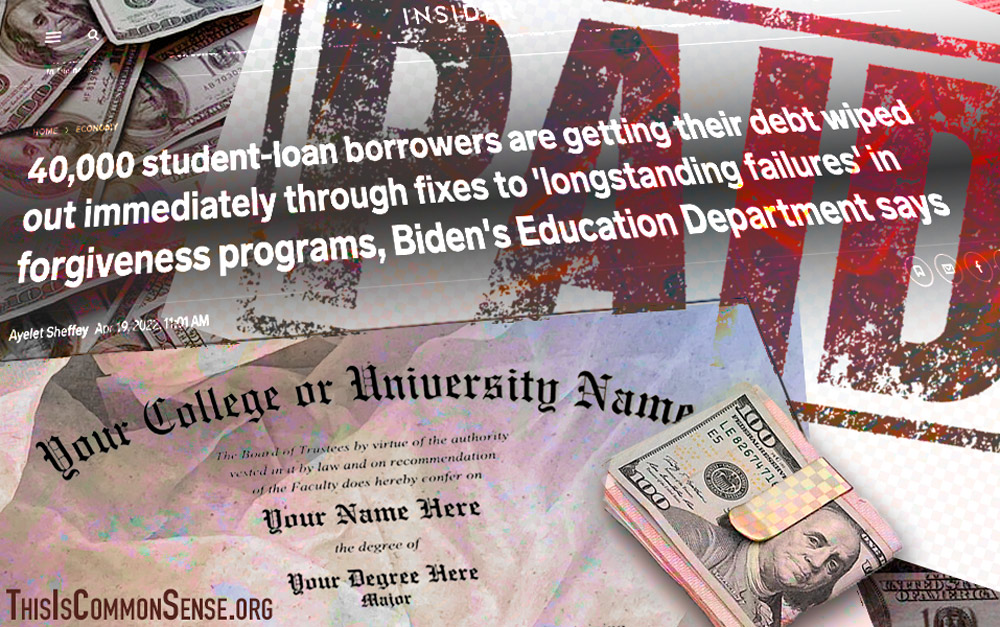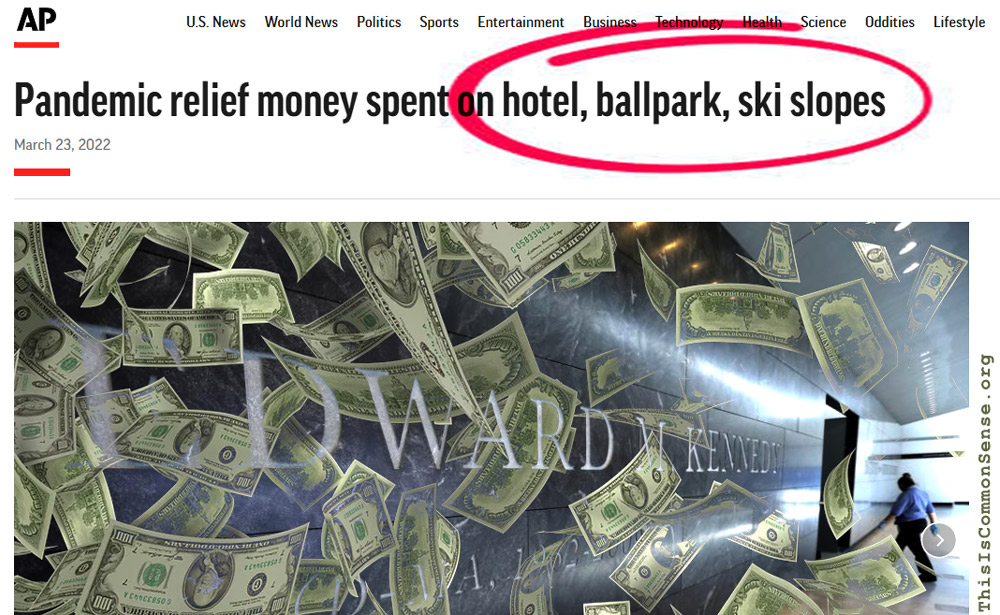The most recent trend in vote buying is to propose huge giveaways on narrow subjects, like “reparations for slavery” (to people who were never slaves and from people who never enslaved) and “debt cancellation” (a national issue with student debt).
The most recent example comes to us from the nation’s capital, where “D.C. officials plan to cancel as much as $90 million in residents’ medical debt,” according to Jenna Portnoy’s piece in The Washinton Post.
But brace yourself: the rationale is racial. Though medical debt is a huge issue with all races of people, Washington, D.C., is majority black, and this giveaway is characterized as “an effort to ease a burden that data shows disproportionately impacts people of color.”
There is no magic presidential wand, here, however — as with Mr. Biden cancelling student debt. Nor the insane levels of “reparations” contemplated in San Francisco. In this case, the “District will use $900,000 in year-end surplus funds* to purchase debt, for pennies on the dollar, on behalf of about 90,000 D.C. residents earning up to four times the federal poverty level or whose medical debt is at least 5 percent of their income….”
Similar schemes are in the works in Connecticut, New Orleans, Toledo, and Illinois’s Cook County.
Interestingly, some of this has to do with COVID, or, more properly speaking, the pandemic responses, which were devastating on nearly every level. Including pocketbooks. But the focus is not, here, on fixing America’s amazingly messed-up health care system, but, instead, race and “equity.”
Over 100 million Americans are said to hold $195 billion in debt.
Before we try to correct for this mess, we might wish to inquire rationally why medicine in America is so messed up.
This is Common Sense. I’m Paul Jacob.
* The tsunami of federal pandemic funds bestowed on local governments is largely responsible for the surplus.
Illustration created with PicFinder.ai
—
See all recent commentary
(simplified and organized)





